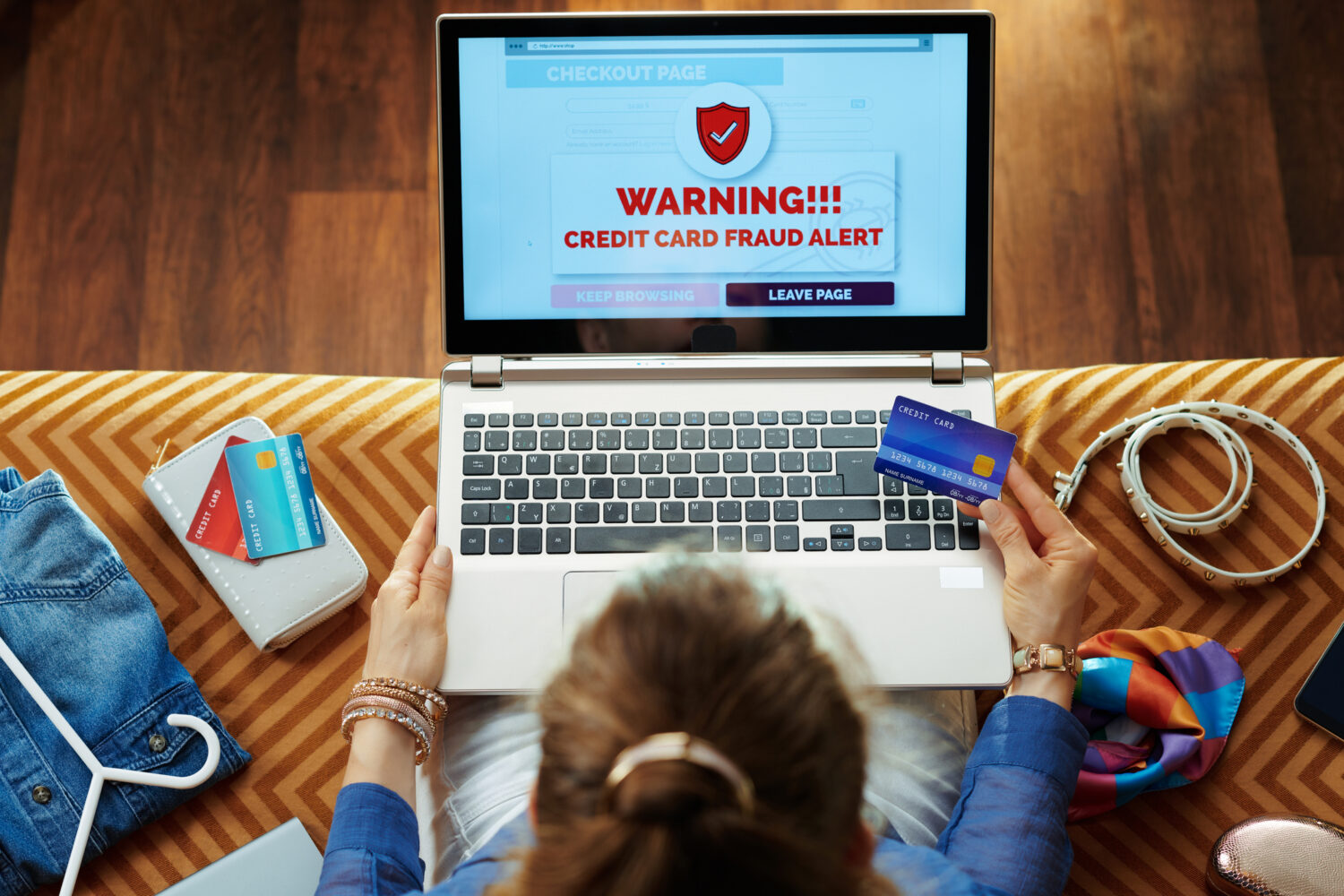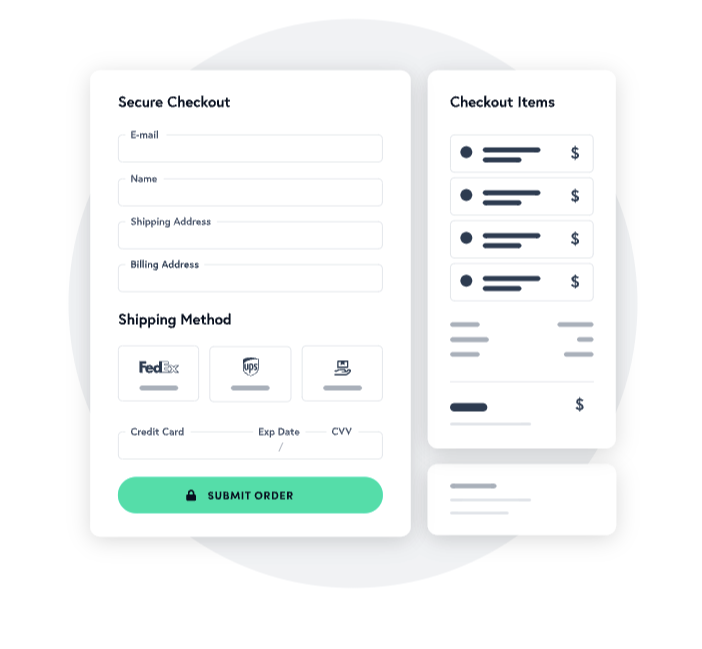The coronavirus pandemic has redefined our habits, concerns, priorities and so much more. Never before has a sneeze in the grocery store caused so much emotional discomfort, even anxiety, for the unfortunate “sneeze-ee.” The instinct to recoil from a friendly outstretched hand or trying to keep up with when or where exposing one’s face is socially acceptable is the new affliction.
For businesses and individuals alike, an enormous shift in-store policy and consumer psychology developed due to the pandemic. The virus, consequential regulations, and lockdowns destroyed many businesses and put so many people out of work. However, the flip side was an enormous boost to the eCommerce marketplace. According to a report by the Adobe Digital Economy Index: COVID-19, eCommerce sales increased 42% in 2020, resulting in a 183 billion dollar influx.
As vaccination levels rise, infections decrease, and regulations subside, a new normal is emerging. How will the post-pandemic landscape affect your eCommerce business and what can you do to position your business for optimal success post-pandemic?
There are four areas to consider when planning for the post-pandemic market:
- Post-pandemic Consumer Behaviors:
- TRAVEL
After extensive lockdowns, social distancing, working remotely and remote schooling, people are craving adventure! Fresh air and a change of scenario are beckoning. The demographic most compelled to sprint off toward an exotic sunset, according to the EY Future Consumer Index, is the “cautiously extravagant consumer segment,” that is, people with an optimistic economic outlook and middle to high income. The index estimates that 74% of that group plan to vacation and holiday more, post-pandemic than they did before the pandemic.
- SELF CARE, HOME CARE, and PET CARE
Being confined to a personal residence for weeks and months at a time has made people more conscious of their private living style and condition. Pandemic living has led to a steep increase in home office equipment purchases, as well as home furniture and decor, home gym equipment, and gardening supplies. For example, Business Wire reported a 154% increase in sales of yoga equipment. Additionally, many people have become first time pet owners as a result of being in isolation. These trends are continuing in the post-pandemic stage as well.
- CONSCIENTIOUS CONSUMPTION
Post-pandemic spending has shown that people are suddenly more concerned with their environmental impact now, and are willing to pay more for objects that are environmentally conscious than comparable non-green items. Interestingly enough, it’s not just the type of products they are buying, but from where they are purchasing them. According to a new survey conducted by the European Commission, 81% of post-covid shoppers made their purchases closer to home and supported local businesses.
- EVENTS
After a long period of primarily donning pajamas and sweatpants, at long last, people are beginning to re-enter the in-person social arena. Weddings and parties are being scheduled and consumers are preparing to be socially active once again. The idea of being in the public eye is driving high fashion and new wardrobe sales.
- Identifying Legitimate Customers Post-Pandemic
A sudden change in consumer behavior is typically one of the telltale signs of attempted fraud. One of the most devastating pitfalls of protecting an eCommerce business from fraudulent transactions is declining legitimate customers due to suspicions of fraud, known in the industry as “false declines.” Sometimes, a falsely declined customer will reach out in the form of an angry email, a complaint to the customer service department, or by leaving a negative review. As much as a business dislikes communication from a disgruntled customer, in this case, it is a blessing. Without the customer-initiated contact, there is no way for the business to know that the declined order was in fact legitimate.

In most cases, unfortunately, false declines go unnoticed and good business is lost. In addition to the value of the lost transaction, customers are unlikely to return to a site that declined their credit card, and all future interactions with that individual are lost as well.
To prevent declining legitimate customers in the post-pandemic market, businesses ought to keep in mind the changes in consumer behavior they are likely to encounter.
- An increase in travel will result in customers shipping items to a location many miles away from their billing address. Merchants should conduct an extra measure of review before declining orders due a shipping and billing address mismatch.
- A change in returning customer habits should not be alarming. The out of character purchase of 100lbs of soil, or a substantial sum of money spent on pet furniture and toys, should warrant further investigation before assuming fraud.
- A sudden interest in purchasing non-disposable dinnerware, green cleaning supplies, or compost systems should be considered as a possible change in habit due to the effects of the pandemic.
- Revamping one’s entire wardrobe, or the sudden purchase of multiple evening wear options should warrant a closer look, as well, instead of a decline due to a suspicious pattern.
- Marketing to the Post-Pandemic Consumer
Effective marketing always entails knowing your target audience and keeping a finger on the pulse of the rapidly changing eCommerce landscape. Here are a few tips from MSN.com for you to consider when strategizing a marketing approach for the coming months.
- If you are selling a product that can assist in the ease or enjoyment of travel and recreation, such as packing pods, backpacks, sporting goods, easy to carry cosmetics, etc., frame them as “travel companions” and appeal to the increase in interest in vacationing and excursions.
- Any office, home, garden, or pet products can be marketed as enhancers of personal contentment, relaxation and productivity at home.
- There is no better time than the present to highlight merchandise that is “environmentally conscious.”
- Beauty supplies, cosmetics, clothing, shoes, and fashion accessories are prime products to promote in the current environment. Try framing them as a “debuting-must-have,” or “Don’t be seen without…” etc.
- Gaining a Competitive Edge Post-Pandemic
With the reopening of malls and in-person shopping, perhaps the most important strategy to consider post-pandemic is how to stay ahead of in-person competition.
Being aware of pain points to online consumers during the checkout process and eliminating them is a sure fire way to increase conversions and decrease abandoned checkouts. A good online experience will help retain customers. A bad online experience will send them back to the mall.
According to research on cart abandonment conducted by Baynard Institute, 70% of eCommerce shopping carts get abandoned. Rethinking your checkout process is key to retaining your current customer base, increasing conversions, and encouraging repeat customers.
Introducing Checkout
In response to the demand for a modernized, optimized checkout solution, NoFraud has developed an innovative, sleek, intuitive checkout that removes friction and elevates customer experiences. NoFraud Checkout is revolutionary for the following reasons:
Optimized for Conversions
Our intuitive interface anticipates buyer concerns and factors that compel shoppers to abandon a checkout and preemptively offsets them. Removing friction, such as the need to remember login credentials, credit card numbers, create an account, or fill in unnecessary fields (such as billing address or phone number), ushers customers through the checkout process quickly and with ease, resulting in increased, accelerated conversions.
NoFraud Checkout is revolutionary in the intention that fuels every field and design element. Dynamically adapting to each customer, it provides every shopper with the shortest, easiest checkout possible.

Optimized for Approval
NoFraud Checkout dynamically evaluates risk factors while the customer inputs their information. The orders are screened for fraud as the checkout process is taking place, before the payment moves to the gateway. This allows merchants an opportunity to accept an order that would otherwise have been rejected due to suspicions of fraud.
For transactions that need more scrutiny due to elevated fraud risk, more fields are added in real-time, so you can get the additional data for riskier orders only. The flexibility of adding fields only as needed, ensures the highest approval rates and fraud-free conversions.
One-Click-Checkout
Every merchant using NoFraud contributes to our global network of retailers. Even if a customer is new to your site, they are likely not new to NoFraud. Using device recognition technology, NoFraud can usher consumers through the purchasing process with as little as their email address.
All of our merchants benefit from our growing network. The more shoppers we encounter, the easier it will be for your customers to enjoy a swift one-click-checkout experience. Remembering store accounts and passwords will become a thing of the past.
Takeaway
In this post-pandemic era, with the myriad of options available to every consumer, it is imperative upon merchants to be on the lookout for ways to step up their game. From being aware of changing consumer behaviors, having effective fraud prevention that can differentiate between actual fraud and suspicions of fraud, consistently updating marketing strategies to reflect changing attitudes, to being ready to adapt and evolve with the emergence of new technologies. NoFraud is at the forefront of developing fraud prevention solutions and systems to aid eCommerce merchants in growing their businesses.






